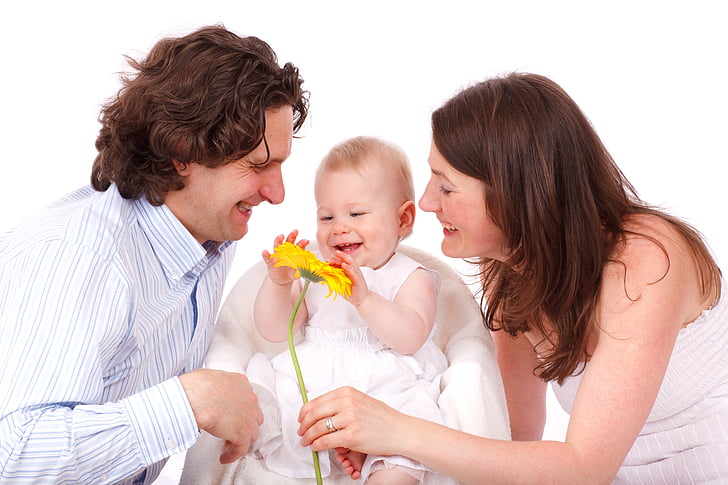Attachment is the deep emotional bond that forms between a child and their caregiver. It is essential for a child’s healthy development, both physically and emotionally. Secure attachment provides children with a sense of safety, security, and love. It helps them to develop trust, resilience, and empathy.
The four main types of attachment:
- Secure attachment: Children with secure attachment feel safe and loved by their caregivers. They are able to trust their caregivers and feel comfortable exploring their environment.
- Anxious attachment: Children with anxious attachment worry about being abandoned by their caregivers. They may be clingy or demanding, and they may have difficulty exploring their environment.
- Avoidant attachment: Children with avoidant attachment avoid close relationships. They may seem withdrawn or independent, and they may have difficulty trusting others.
- Disorganized attachment: Children with disorganized attachment have a combination of anxious and avoidant attachment behaviors. They may have difficulty trusting others and forming close relationships.
Attachment is formed in the early years of a child’s life, but it can continue to develop throughout childhood and adolescence. Children’s attachment style can be influenced by a number of factors, including the quality of their early relationships, their temperament, and experiences such as trauma or neglect.
Attachment and mental health
Secure attachment is important for a child’s mental health. Children with secure attachment are more likely to have good self-esteem, be resilient in the face of challenges, and develop healthy relationships.
Children with insecure attachment are more likely to experience mental health problems, such as anxiety, depression, and post-traumatic stress disorder (PTSD). They may also have difficulty forming close relationships and managing emotions.
How to promote secure attachment
There are a number of things that parents can do to promote secure attachment:
- Be responsive to your child’s needs. When your child cries, picks them up and comfort them. When they are happy, play with them and respond to their babbling.
- Spend time with your child. Make time each day to play with your child, read to them, or simply cuddle with them.
- Set consistent boundaries and expectations. Let your child know what is expected of them, and be consistent in enforcing discipline.
- Be supportive and encouraging. Let your child know that you are there for them and that you believe in them.
- Show your child unconditional love. Let your child know that you love them no matter what.
If you are concerned about your child’s attachment style, talk to your pediatrician, a mental health professional, or contact us. We can help you to assess your child’s attachment style and provide you with support and guidance.

